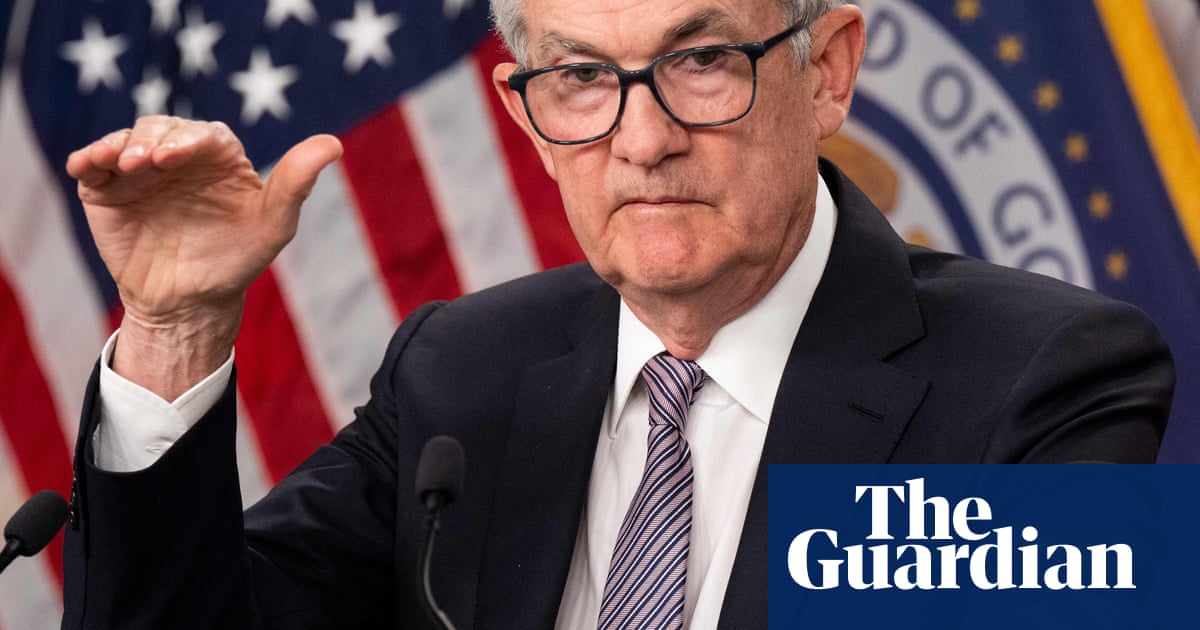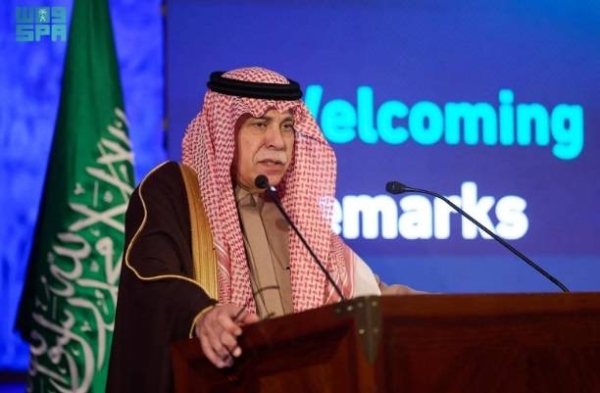
There is now more clarity with regard to Saudi Aramco’s initial public offering (IPO), with the number of shares put up coming in at 3 billion, or 1.5 percent of total stock, putting the company’s indicative valuation between $1.6 trillion and $1.7 trillion.
Aramco remains the world’s most valuable company by net income, and the current valuation would give the stock a yield of between 4.4 and 5 percent, which is slightly below the average yield of Western international oil companies, at 5.7 percent.
The offering of shares is smaller than originally anticipated. While the IPO will only take place on the Saudi exchange the Tadawul, the prospectus initially contained language that the domestic IPO would be made available to institutional investors outside the US according to Regulation S of the US Securities Act of 1933, and inside under Rule 144A. The reference to US legislation was removed by November 17, indicating that the issuers expected the transaction to be predominantly domestic. This may make sense from the Kingdom’s perspective: Saudi Aramco is the country’s crown jewel and it is pivotal that Saudi citizens and institutions are given prime opportunity.
Analysts and the international press had raised reservations about the offering.
Many have mentioned oil price volatility and geopolitical risk, but commodities have always been volatile and OPEC, where Saudi Arabia acts as the de facto leader, does its best to mitigate volatility. On the downside, though, maintaining stability of price does come with the reality of sometimes limiting production.
The Aramco IPO may become the world’s largest, beating Ali Baba’s in 2014, if the valuation reaches the upper end.
Cornelia Meyer
Geopolitical risk has always existed. Other than the US or Canada, oil is located in geopolitically volatile regions. The September attacks on Abqaiq and Khurais highlighted this fact. However, the speed of recovery from those attacks demonstrated Aramco’s operational excellence, restoring full production in under a month.
There also remains concern over the fact that the state will remain the overwhelming majority shareholder, and how that will affect the rights of minority shareholders. That will mean that the board and the company’s chairman, Yasir Al-Rumayyan, will need to take their oversight duties seriously. There is no doubt, though, that they will. The board is composed of experts, 50 percent of them foreigners, who are running or have run big international oil companies or oil field service companies. Al-Rumayyan himself was a seasoned investment banker before assuming the posts of the Public Investment Fund governor and Aramco chairman.
Additionally, some analysts worry about the temptation of the Saudi government to dip into the coffers of Saudi Aramco when the going gets tough fiscally. It will be up to the board and its chairman to look after investors’ interests.
Some analysts also criticized that the prospectus mentioned peak oil demand to be reached by 2030, which they deemed overly optimistic in light of the current climate change debate and increased tendency to move towards e-mobility in many countries. Here, again, the prospectus erred on the side of caution by using external projections rather than Aramco’s own.
It will be interesting to see how the IPO will unfold at the beginning of December. There is big interest among domestic investors, evidenced by their heavy borrowing in order to secure a slice of the action. The Aramco IPO may become the world’s largest, beating Ali Baba’s in 2014, if the valuation reaches the upper end.
• Cornelia Meyer is a business consultant, macroeconomist and energy expert.
Twitter: @MeyerResources
Disclaimer: Views expressed by writers in this section are their own and do not necessarily reflect Arab News" point-of-view










